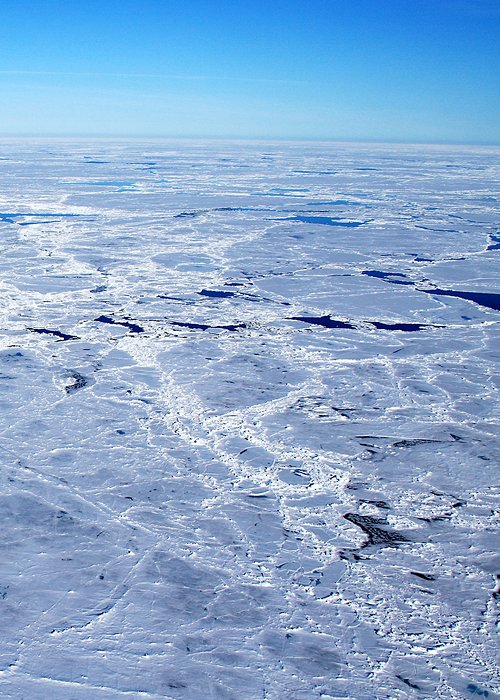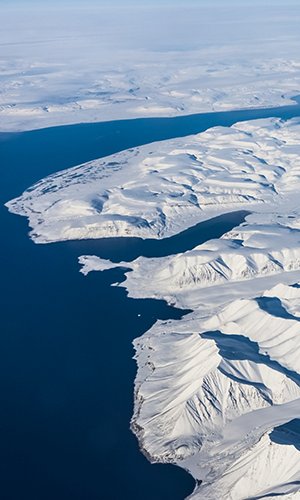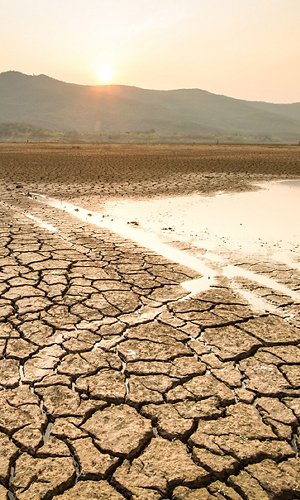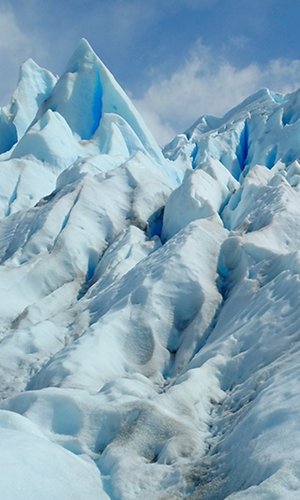As we face the hottest summer in years, let’s try to answer this refreshing question: is it colder at the North Pole or the South Pole?
The Arctic and Antarctica are the coldest places on Earth. The reason lies in their geographical location with respect to the incidence of the sun’s rays. Indeed, since they are at the poles, the Arctic and Antarctica receive less solar radiation, light and heat per unit of surface area because the sun’s rays, which are sharply inclined, irradiate very large areas. It is easy to understand the mechanism by conducting a simple experiment. Take a torch and an orange or any other spherical object. Now turn on the torch and point it straight at the middle of the sphere, at its equator. You can see that the illuminated area is circular in shape and that the reflected light is intense. Now, raising the torch without changing its inclination with respect to the sphere, illuminate one pole: the light is distributed over a larger, almost elliptical-shaped surface, which shines much less.
In addition, much of the solar radiation disappears since it is reflected from the white surface of ice and glaciers and returns to space without adding even one degree centigrade. Result: the poles are freezing cold. But which of them is more so?
To answer this question, we need to consider the geological and geographical characteristics of the two areas. The main difference between the Arctic and Antarctica is that the former is an ocean surrounded by continents while the latter, in contrast, is a continent surrounded by oceans. This simple and curious planetary feature has an important influence on the temperatures recorded at the poles. Water cools and warms more slowly than land, so the ocean mitigates temperatures that rarely reach extremely low values. In the Arctic winter, the temperature can drop as low as -58°C, while in the summer it can increase to as much as +10°C; in short, it is almost warm.
In contrast, the continental climate is more prone even to very intense and rapid temperature changes; in fact, average temperatures in Antarctica range from -70°C in winter to -15°C in the warmer months. It is really cold there.
So we have unravelled the mystery: it is colder in Antarctica. And there are other reasons for this as well. Since it is an ocean, the Arctic is naturally located at sea level. Conversely, the average altitude of the Antarctic continent is 2,300 meters, and we know that the higher you go, the colder it gets.
Finally, the South Pole has more total ice than the North Pole because the ice sheet covering it has grown gradually over very long periods of time due to precipitation; in fact, the total volume of Antarctic ice is more than 26 million cubic kilometres, representing the largest freshwater supply on the Planet.
By Andrea Bellati





